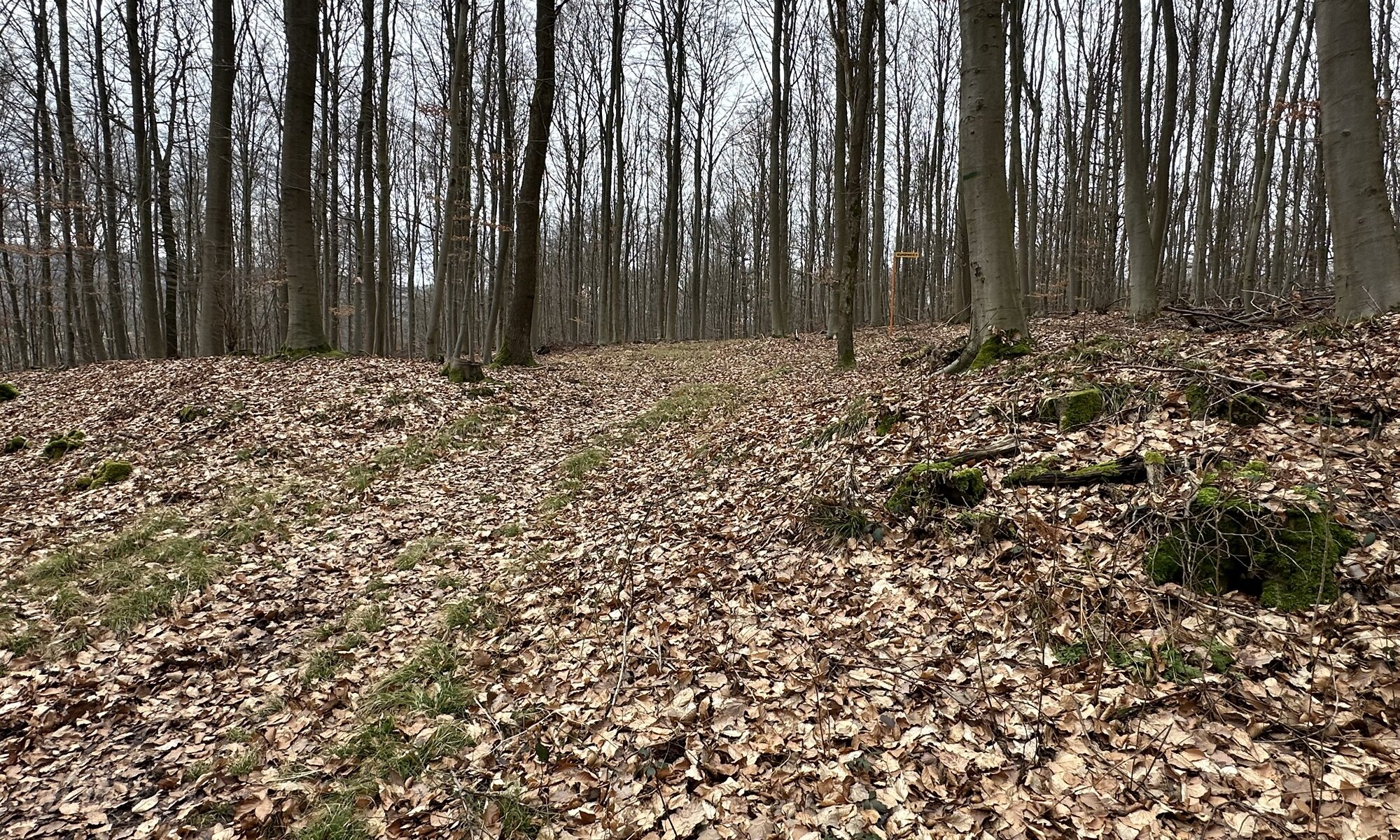During the Roman campaigns in Germania (12 BC-16 CE) the Roman Empire tried to defeat the Germanic tribes, secure the border at the river Rhein and extend its reign to the river Elbe in the east. Germanic people had crossed the Rhein several times and invaded Gallia which the Romans had declared their territory. To prevent this in the future Nero Claudius Drusus, stepson of emperor Augustus, commanded the Roman army and took control of Germania for nearly ten years.
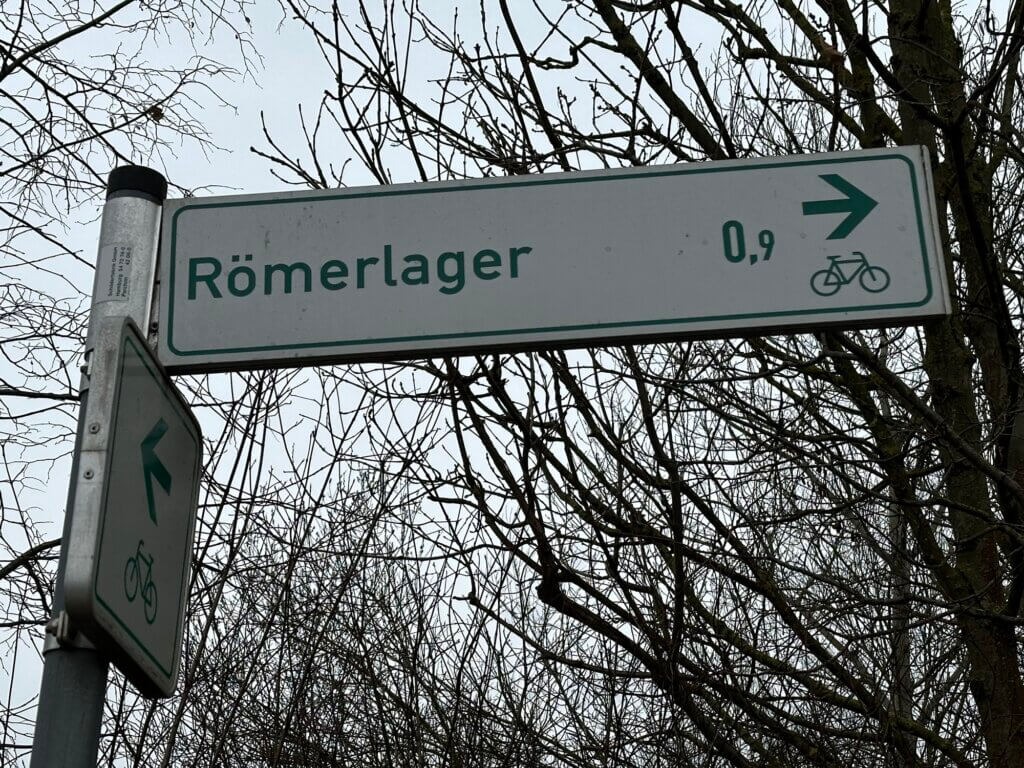
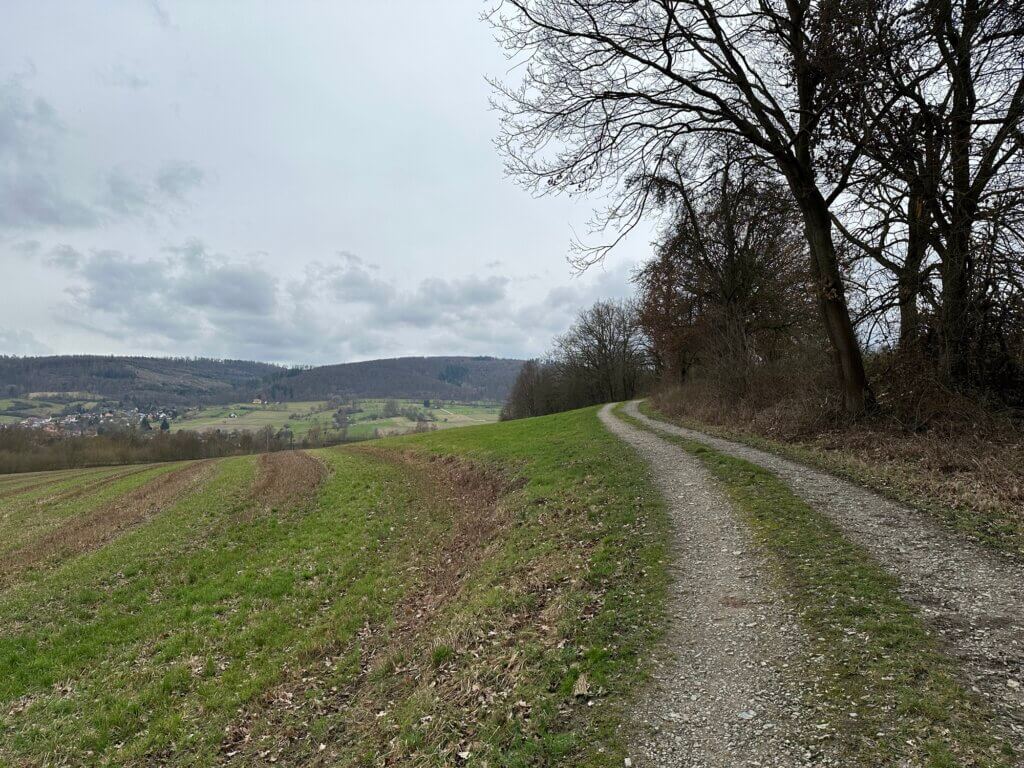
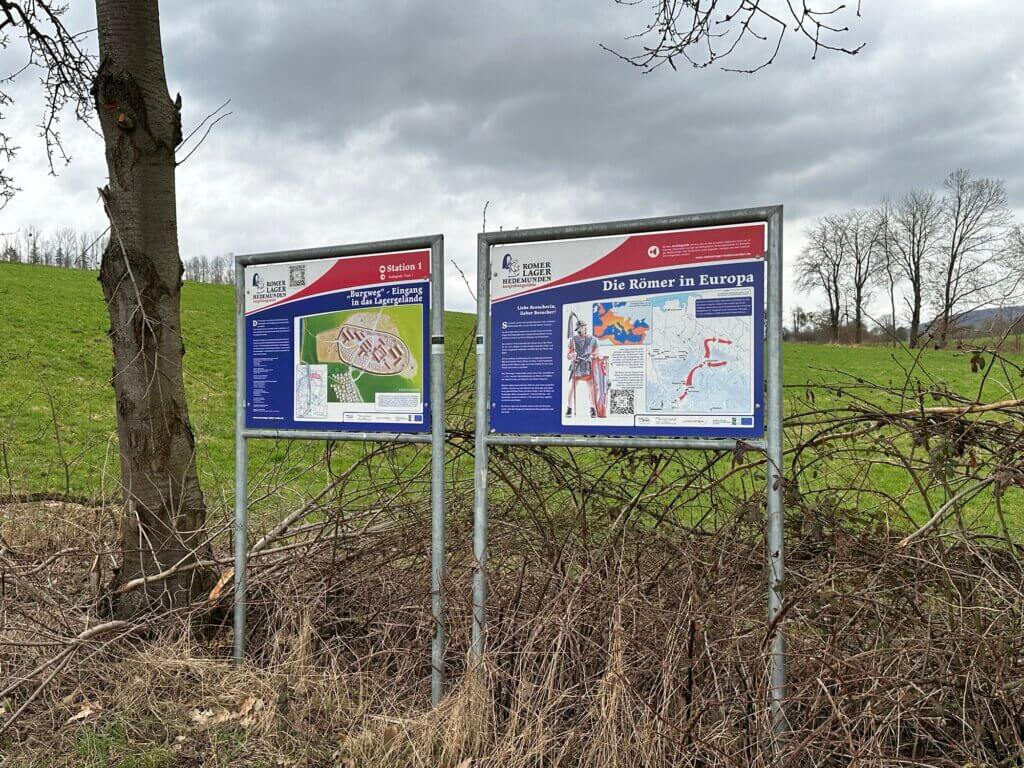
In the year 4 CE the immensum bellum broke out and finally Publius Quinctilius Varus lost the Battle of the Teutoburg Forest (known as the ‘Varusschlacht‘ in Germany) against Arminius in the year 9 CE. As a result the Romans withdrew their forces beyond the river Rhein, the Germanic tribes had succeeded. What sounds like something far away in the past can be explored pretty well even today: if you send large armies to long-lasting battles you need a good supply chain. A proof for that can be found at the city of Hann. Münden, Germany. Here the Romans passed river Werra using a ford and on the southern side a small camp was found, the so-called Kring. North of it close to the city quarter Hedemünden you can discover a large camp in a forest on a hill that is today known as the Römerlager Hedemünden.
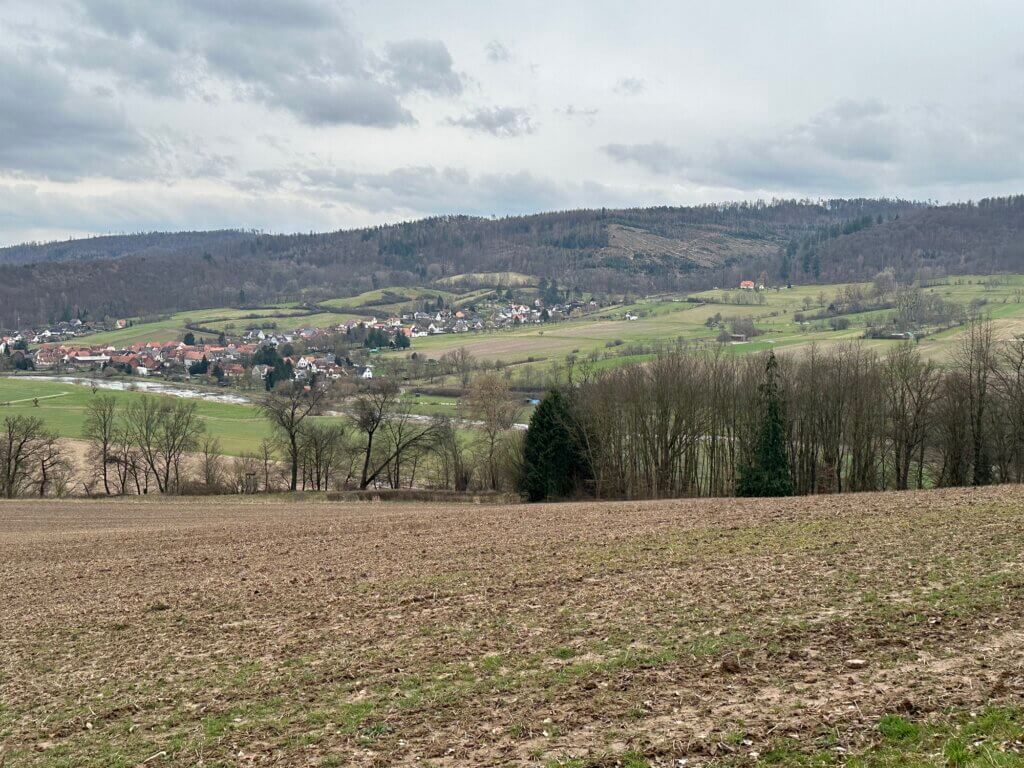
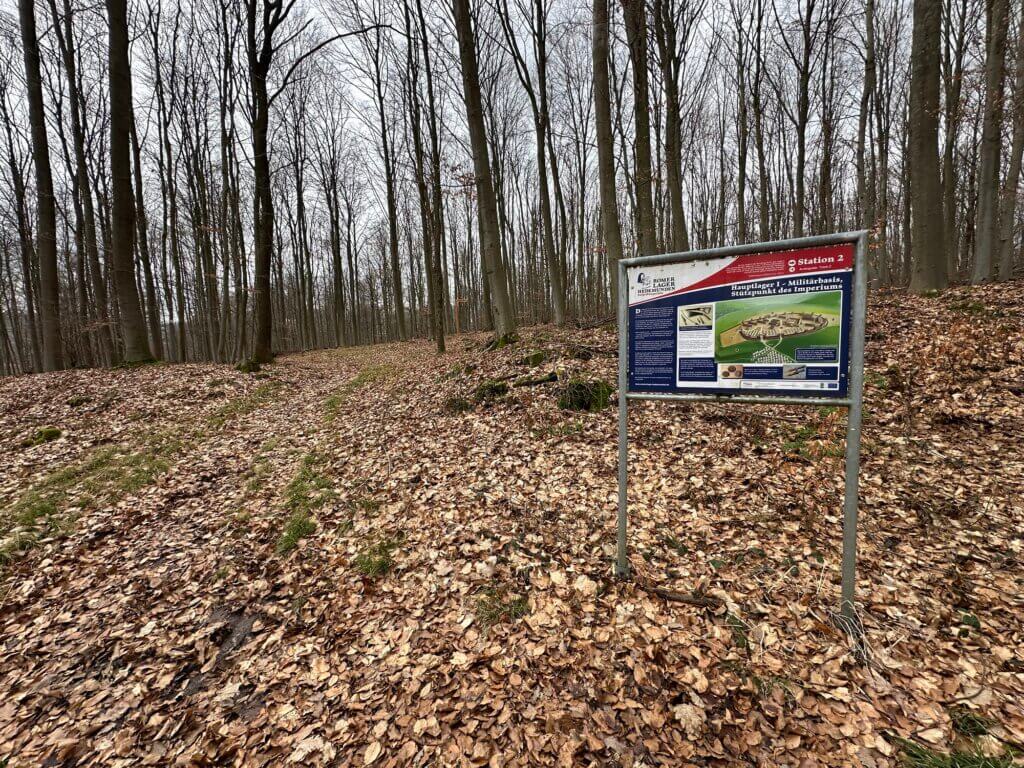
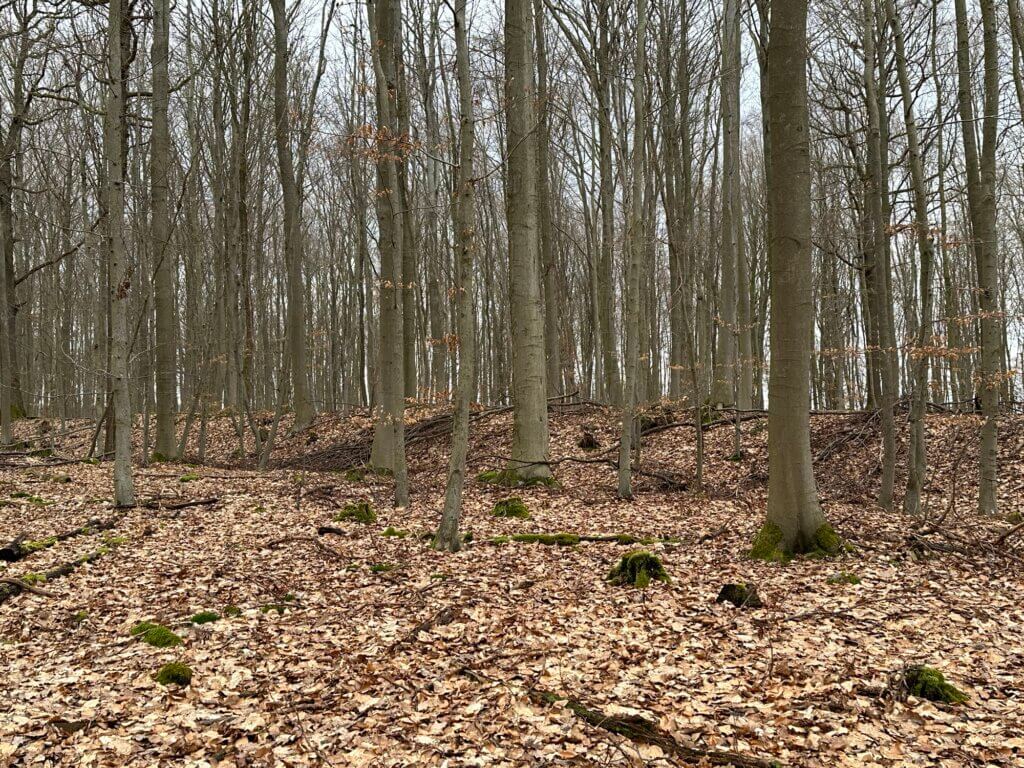
This camp was already known for a very long time but nobody connected it to the Romans, it was known as the Hünenburg im Sudholze. In 1998 local archaeologists were informed that since some years looters were active at Hedemünden and that they found items using metal detectors. Because of that a search by official authorities began and Roman coins and tools were found – a real sensation. Actually there were so many coins that the timeframe when the camp was operated could be clearly connected to the Roman campaigns in Germania. Hedemünden is thereby one of only five Roman sites at the federal state of Lower Saxony (the others are Kalkriese, Harzhorn, Bentumersiel and Wilkenburg).
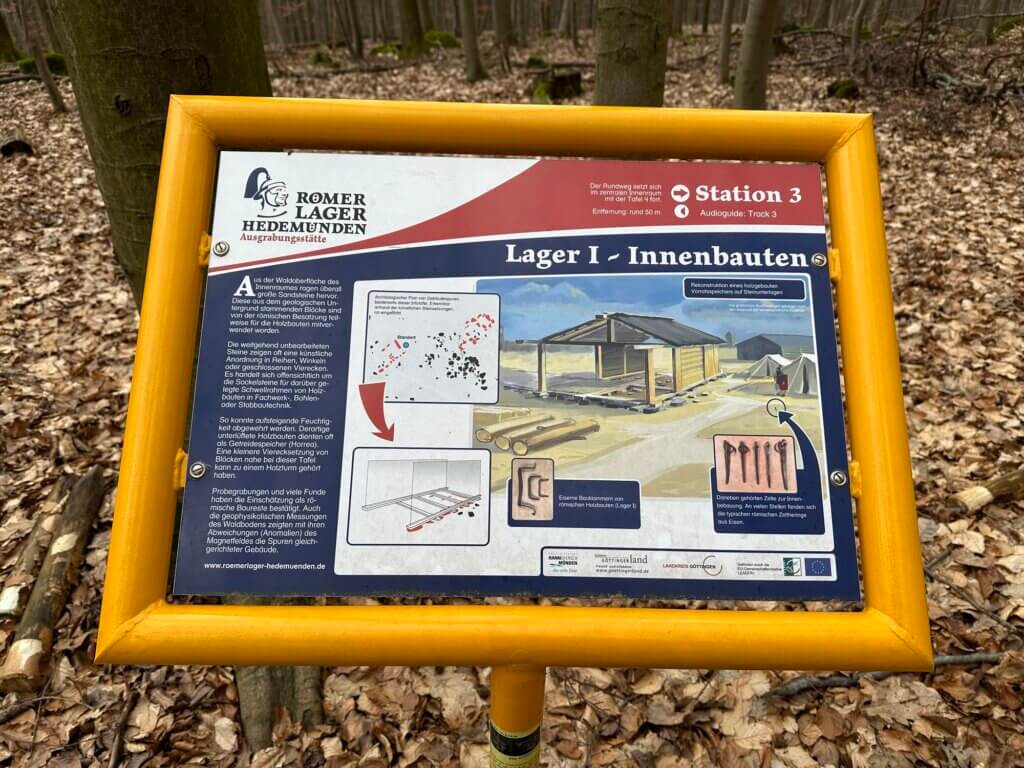
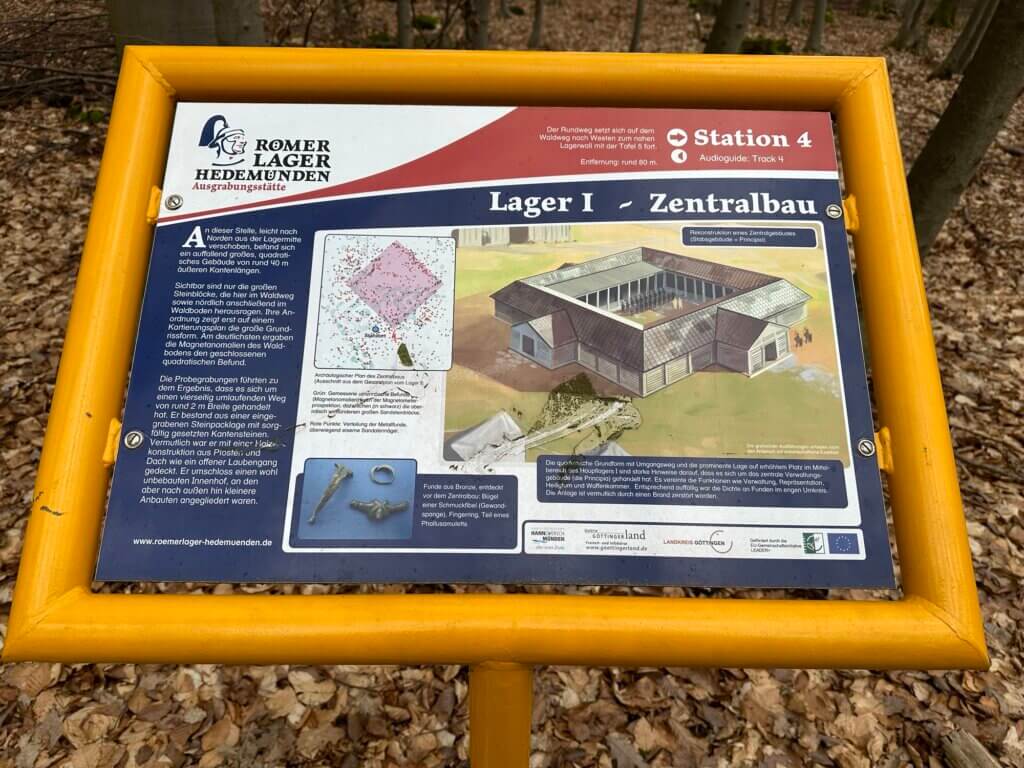
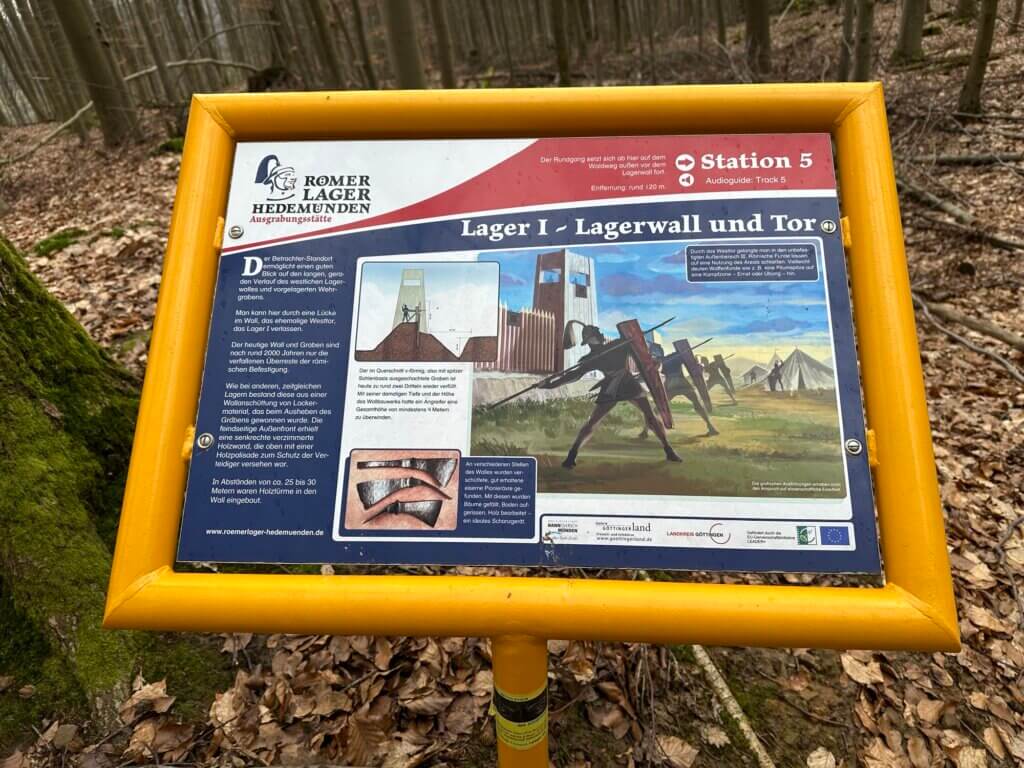
The Römerlager Hedemünden is today freely accessible. You can cross the former moats and mounds, walk through the camp site and search for the main building, the principia. As the palisades and houses were made of wood they’re completely gone – but the mound surrounding the area is still quite impressive and gives you the chance to experience the dimensions of the Roman camp. Throughout the area seven information boards are placed, connected by a round course and you can download a nice audio guide; unfortunately both are only available in German.
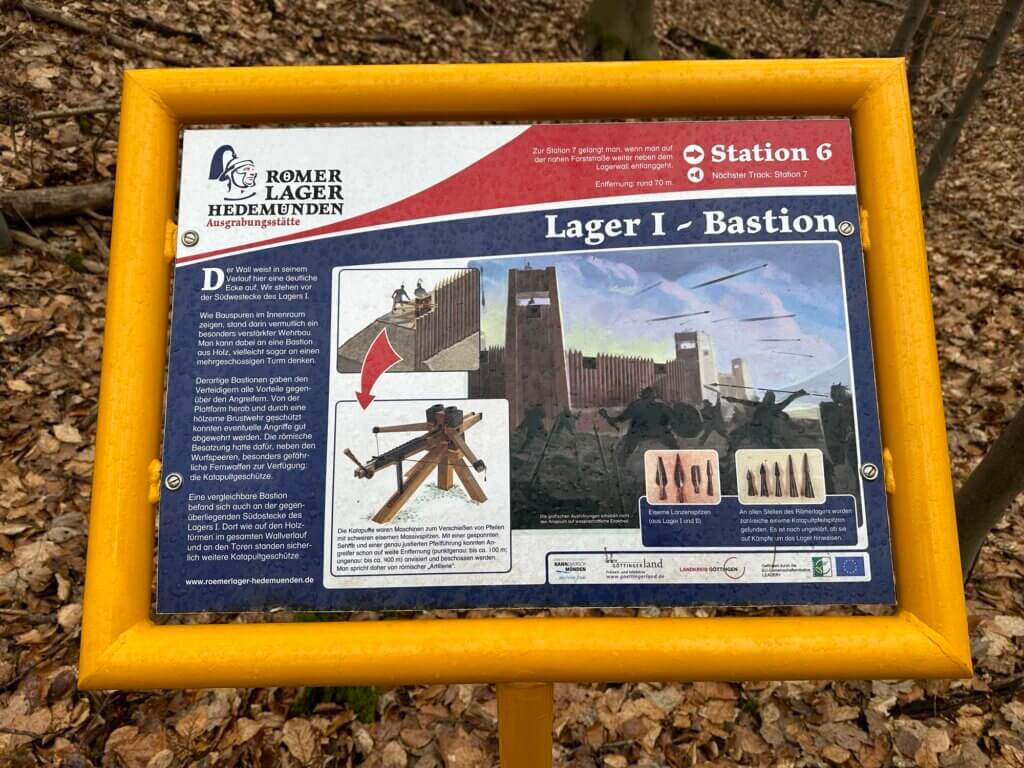
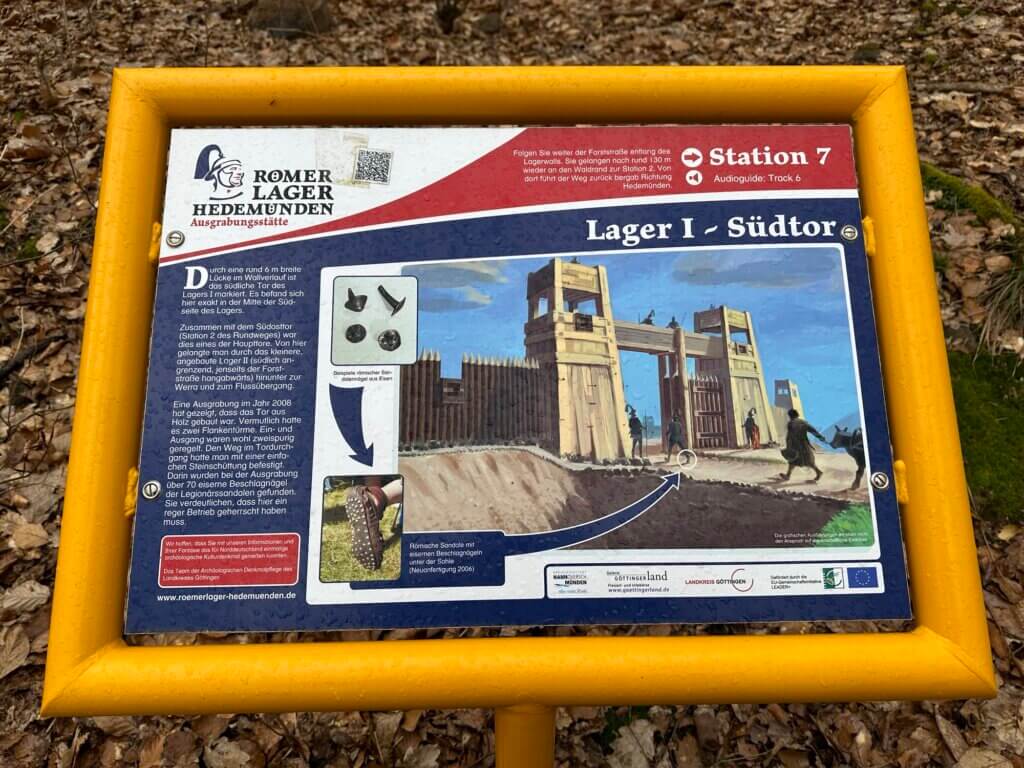
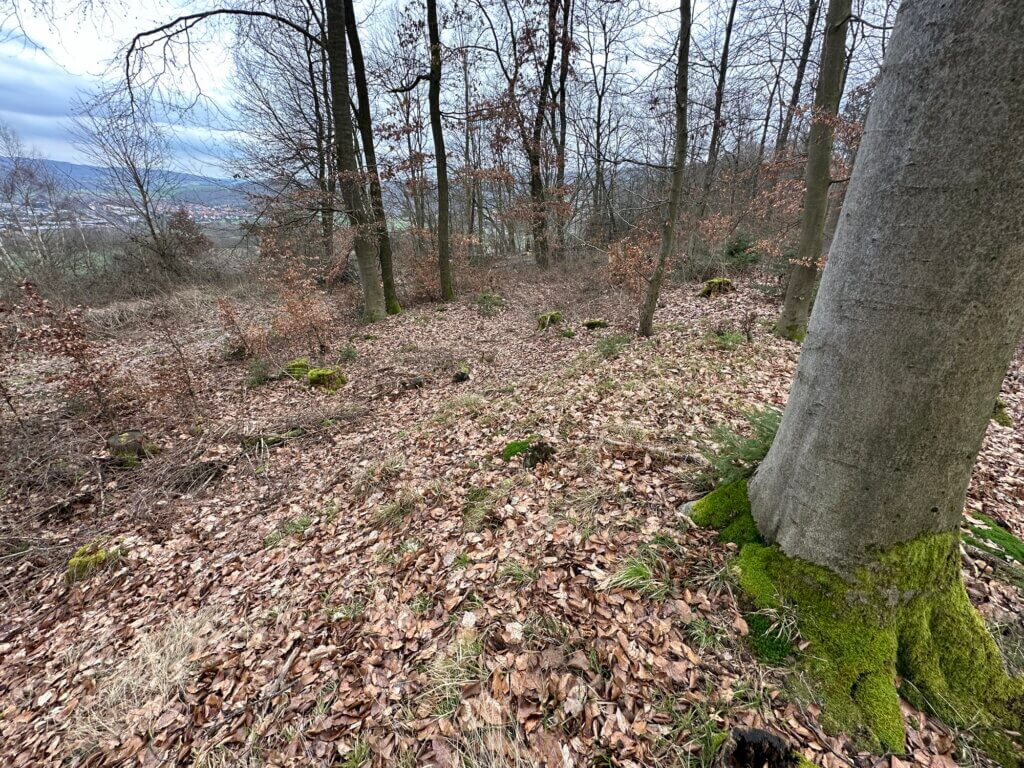
In the year 2010 it was proposed to create a good touristic infrastructure at the Römerlager Hedemünden. The plan included an information center and elevated paths through the camp costing 14 million Euros in total. In the end the politicians didn’t want to spend such a large amount of money and archaeologists didn’t want to bring a massive amount of tourists to this place as it still has a lot of archaeological potential. Today you can discover many findings at the Städtisches Museum of Hann. Münden only ten kilometers afar.
You can reach the Römerlager Hedemünden by regional train from Göttingen and Kassel. Take the Cantus train to Hedemünden, from the railway station it is a convenient walk (two kilometers) up the hill to the camp – signs will guide you on your way. If you decide to arrive by car you can park it near the first information board of the Römerlager close to the place where the street Am Rischenbach traverses the Bundesstraße 80.
Römerlager Hedemünden
Hann. Münden
Germany
Loading map...


